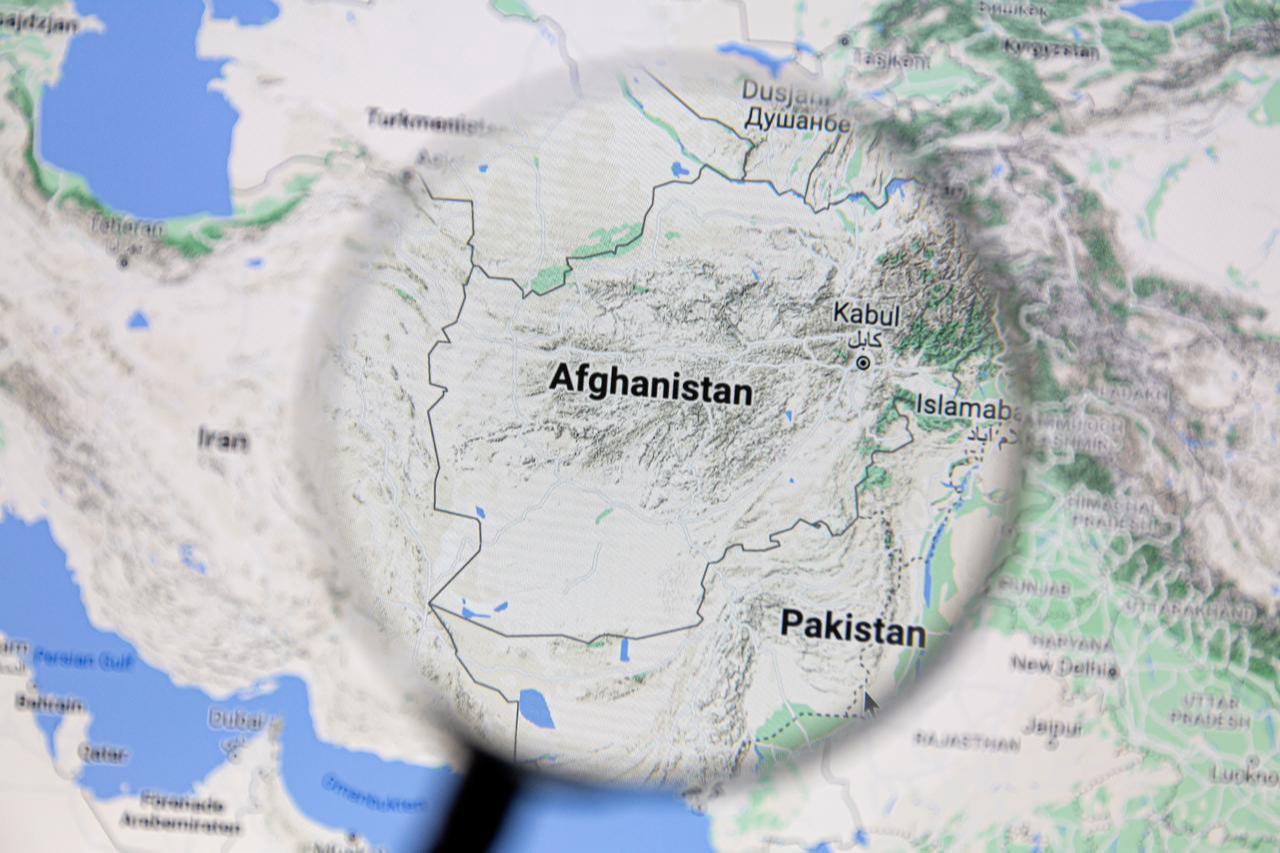
For many years, the Middle East was the focal point of U.S. foreign policy, and developments in the region shaped Washington’s priorities. Recently, however, as the United States has largely structured the region in line with its own interests, there has been a relative decrease in resources allocated to the Middle East. Instead, strategic investments in Central Asia have come to the fore. In this context, the main question arises: Why Central Asia?
There are multidimensional strategic calculations behind Washington’s view of Central Asia as the “next target.” Chief among them is China. Beijing’s investment of billions of dollars in Central Asian countries as part of the Belt and Road Initiative (BRI), and its efforts to strengthen the Europe-China connection through railway and energy corridors, pose a long-term challenge to the U.S.
Washington seeks to balance China’s economic influence and offer alternative trade routes to Central Asian countries. This U.S. motivation differs from the Middle East era of energy dependence; the focus is no longer energy security but “controlling logistics and trade corridors” in the global power competition.

The second important factor is Russia’s loss of power after the war in Ukraine. Although Moscow’s security networks in the region—including the CSTO, military bases and border security cooperation—remain effective, its influence in Central Asia is weakening due to shrinking economic resources and the costs of war. By filling the vacuum created by this situation, the U.S. aims to offer “non-Moscow-dependent” alternatives to the countries of the region. In particular, Kazakhstan and Uzbekistan have become more receptive to this U.S. approach through their efforts to diversify foreign policy.
The third motivation involves security risks emanating from Afghanistan. Despite its withdrawal in 2021, the United States views the potential infiltration of terrorist organizations into Central Asia, along with the threats posed by radicalism and drug trafficking, as strategic risks. Washington therefore plans to work closely with countries in the region through counterterrorism cooperation, border security support and intelligence sharing—without establishing military bases.
Finally, diversifying energy and transport routes is a critical element of U.S. global strategy. The Caspian Basin, with its hydrocarbon resources and energy corridors, is important not only for regional but also for global energy security. By supporting the transport of Central Asian energy resources to Europe and South Asia via routes that bypass Russia and China, Washington seeks to strengthen the independence of these countries and balance the global energy market.
The U.S. toolbox for achieving these objectives is notable. Washington does not penetrate the region through military bases or large-scale operations, as it has in the Middle East, but instead through diplomacy, economic investments and multilateral platforms. The C5+1 format—a dialogue mechanism between the United States and Kazakhstan, Kyrgyzstan, Tajikistan, Turkmenistan and Uzbekistan established in 2015—institutionalizes U.S. diplomatic presence in Central Asia.
In recent years, former U.S. Secretary of State Antony Blinken’s 2024–25 visits have underscored cooperation on energy security, climate change, regional connectivity and economic reform.
In addition, the U.S. “Strategy for Central Asia 2019–2025” provides a roadmap for Washington’s approach to the region. Five priorities stand out in the document: strengthening the independence and sovereignty of regional states, diversifying economic linkages, combating terrorism and cross-border threats, supporting regional cooperation with Afghanistan, and promoting good governance and human rights.
Unlike the U.S. reliance on “hard power” and military presence in the Middle East, the Central Asia policy emphasizes “soft power” elements and institutional cooperation tools.
This picture shows that the United States has positioned Central Asia as one of its most important geopolitical priorities after the Middle East and as a center of global competition. By strengthening its presence in the region through economic, diplomatic and normative instruments instead of military influence, Washington aims both to balance China and Russia and to open a multi-actor foreign policy space for regional states.
About the author: Zeynep Gizem Ozpinar is a board member and foreign policy specialist at the Turkish Foreign Policy Research Center (TUDPAM).